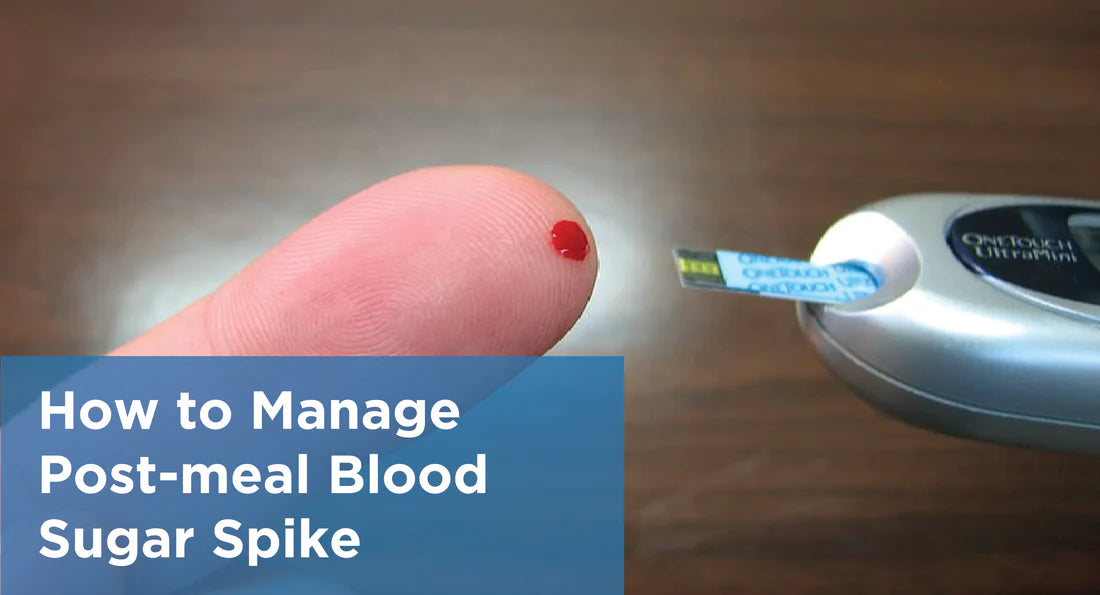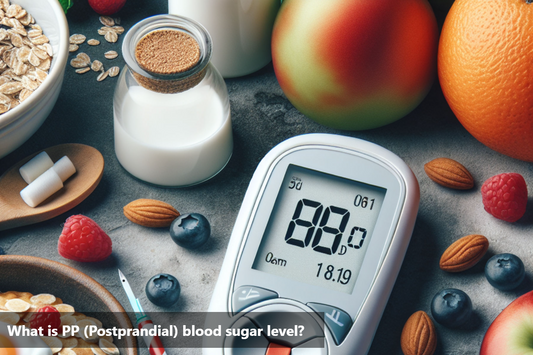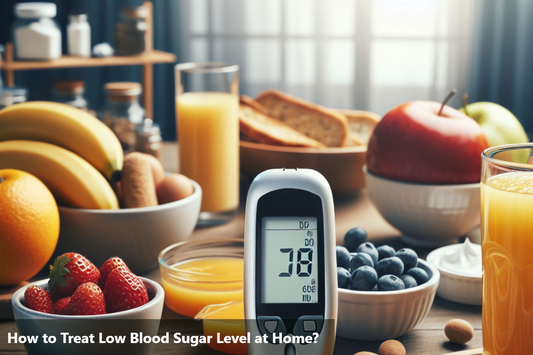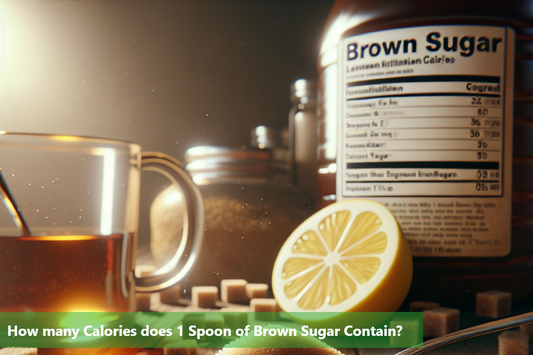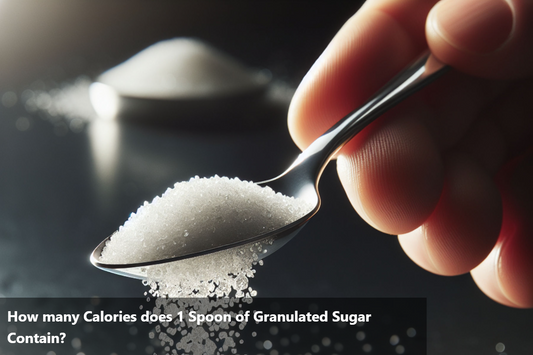Blood glucose levels typically increase after meals for everyone, but consistently over-average levels can be harmful. This may pave the way for several health issues, including an elevated risk for cardiovascular disease and renal illness, as well as potential effects on visual health. Every diabetes patient should be aware of their sugar levels as it can affect them drastically. It's always a good idea to be aware of diabetic diet.
Below are some straightforward strategies for reducing post-meal blood sugar spikes:
What are you eating?
Low GI foods don't cause a spike in blood sugar after consumption. Legumes, oats, green leafy vegetables, and many more foods are examples of low-GI foods. It may be beneficial to select fibre-rich, unprocessed meals. Start following a diabetic friendly diet if you're at risk. Low GI foods are a staple of it.
The right approach to a wholesome meal will control sugar levels. The macronutrients, carbs, and fat — should be present on a balanced meal plate in the appropriate amounts.
Carbohydrates directly influence your glucose levels as the sugars they produce get accumulated in your bloodstream rapidly. Consuming low-carb foods is proven to lower your sugar spike, and it also aids in weight loss, which is indirectly helping all diabetics.
Many clinical studies support that low-carb diets are effective in managing blood sugars short term as well as long term.
The new Indian Dietary guidelines also recommend a reduction in carbohydrates and an increase in protein for the prevention and remission of Type 2 diabetes. When following a diet which is diabetic friendly, it automatically reduces many risks.
Eating tips
- If you’re a sweet tooth craving an after-meal dessert all the time, you should probably stop that habit right now. Most of the commercial sugary treats like cookies, cakes, candies, etc. are filled with processed sugar. Table sugar is a simple carb that is not only harmful to someone checking their sugar level, but to everyone in general.
- Utilize the veggies and eat them first to avoid insulin rises. Another useful strategy is to divide meals and have them frequently.
Move your body
Exercising after eating might lower post-meal increases. Instead of laying on your bed or watching the TV, try to incorporate a small slow walk to get your body moving. When you exercise, the accumulated blood sugar will be used as fuel for energy. Whether you’re exercising before meals or after, both are beneficial; they reduce your weight — helping with diabetes in the end.
Get enough sleep
Your body gets to set itself right during this time. So, based on your lifestyle, body weight and other conditions, it’s necessary to have enough sleep. Research performed on elderly people has shown a significant relationship between one's sleep, mental health, and diabetes. A different study proved how sleep extension can positively affect someone’s blood sugar levels and general health.
Skipping breakfast is a no-no
All meals and snacks have the potential to increase blood sugar, but the first meal of the day can significantly affect how your blood sugar behaves throughout the rest of the day.
You may experience higher post-meal blood sugar levels after dinner or lunch if you skip breakfast. Research has also been linked to obesity. Now you know, your breakfast should be protein dense, with complex carbohydrates and heart-healthy fats.
Drink enough water
Ditch the sugary juices filled with synthetic colours and preservatives, rather opt for water. Water helps your body flush out excess sugar and toxins through your urine. You can add some diabetic-friendly beverages such as green tea, turmeric water, detox water, and buttermilk, among others to stay hydrated.
The bottom line
A few lifestyle changes, taking your medicines regularly, routine checkups, and having nutrient-dense meals can help you a lot in this journey. Cut off every nasty thing that can harm you to stay healthy.
References:
https://www.sciencedirect.com/science/article/pii/S1871403X19305472
https://academic.oup.com/sleep/article/38/5/663/2416850
https://salmandj.uswr.ac.ir/browse.php?a_id=1532&sid=1&slc_lang=en&html=1
https://www.ncbi.nlm.nih.gov/pubmed/27085769
https://bmjopen.bmj.com/content/6/7/e011295.short
https://diabetesjournals.org/care/article-abstract/33/11/2477/26589
https://www.ncbi.nlm.nih.gov/pmc/articles/PMC2424054/
https://www.ncbi.nlm.nih.gov/pubmed/18700873
https://www.ncbi.nlm.nih.gov/pubmed/23364002
This Blog post is an initiative by DiabeSmart, to provide accurate and Nutritionist / Doctor approved information related to Diabetes. DiabeSmart is India's first Food brand designed specifically for Diabetics, that has been clinically tested on Diabetics and Pre-Diabetics to deliver 55% - 70% lower Sugar spikes. DiabeSmart is part of Lo! Foods - India's leading brand for Everyday Functional Health foods.

